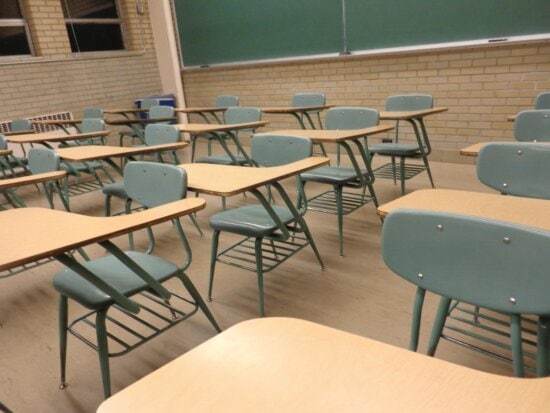In the last few days North Carolinians have received quite a bit of news regarding how our students are doing in recovering from learning loss.
The short answer is better — but not quite as good as they should be doing. That’s the conclusion of a new state report released earlier this week published by the North Carolina Department of Public Instruction, Office of Learning Recovery and Acceleration.
According to a press release from the North Carolina Department of Public Instruction (NC DPI):
The 2023 Year-Over-Year State Analysis Report indicates further progress toward the recovery thresholds, meaning that North Carolina schools are steadily continuing to recover from the pandemic with gains virtually across all grades and subjects. Two of sixteen standardized assessments (EOG Reading Grade 3 and EOC English II) already show gains above the recovery thresholds.
On average, the data shows that North Carolina schools are showing signs of academic recovery in nearly every subject – with the strongest gains measured in EOG Reading Grade 3. Notable gains are also found in reading and math for grades 3-5 and science grade 5.
Not all the news was good, however. The state report clearly showed that while most public schools can demonstrate progress on state exams, there are problem areas. Middle school students are not performing as they should be.
In addition, the report found that math was more negatively impacted by the pandemic than reading. The release continued:
Math assessments have a greater distance to the recovery thresholds both one year and two years later than reading. While the drop in overall school performance in Science Grade 8 in 2023 was unexpected, NC DPI is working with experts in the field to better understand the possible causes of the drop in performance and identify promising STEM-focused interventions to accelerate science learning for middle school students.
The report was the third in a series of reports trying to gauge the extent of learning loss and the effectiveness of the state’s response.
Not to be lost in the spin over North Carolina scores is that NC DPI used a new way to define recovery and hence recovery loss. Whereas earlier reports on academic recovery compared academic trajectory before the pandemic to trajectory during the pandemic, the new report offers three metrics for assessment: pre-pandemic, pandemic, and distance to full recovery. The changes have the effect of smoothing out year-to-year variation and changing years of comparison from pre- to post-pandemic to year-over-year comparisons. While NC DPI says it makes the model more “robust,” it also likely produces better scores.
Proficiency rates on state tests have also dropped dramatically since the pandemic. While they have improved, the scores put the goals outlined in the state’s Every Student Succeeds Act plan at risk.
At this week’s State Board of Education meeting, Board Chair Eric Davis seemed to imply the state wouldn’t be able to meet its 10 year goals as outlined in the state’s plan for Every Student Succeeds Act legislation.
In the original plan, North Carolina compared current proficiency rates with base proficiency scores in 2015-16. According to the original plan, reading proficiency was supposed to be increase to 65.8 percent by 2027 and math proficiency (grades 3-8) to 74 percent by 2027. Also included in the goals were closing achievement gaps and improving the performance of other student groups.
Lagging academic development and proficiency scores present yet more challenges for the public schools in North Carolina. Last I checked, changing the goal posts didn’t really qualify as a solution to any of these challenges. Yet sadly, that seems to be what we’re left with. Yes, progress has been made, but current scores do not reflect effective policy. Not to be lost in these developments is that North Carolina received billions in federal aid to help redress the impact of Covid on schools and learning loss. Can school districts answer how that money was spent or misspent? Changing metrics or revising downward the state’s goals for Every Student Succeeds Act are actions that don’t inspire confidence among parents or policymakers.
What’s needed is a healthy dose of accountability. Sadly, that seems to be in short supply.


